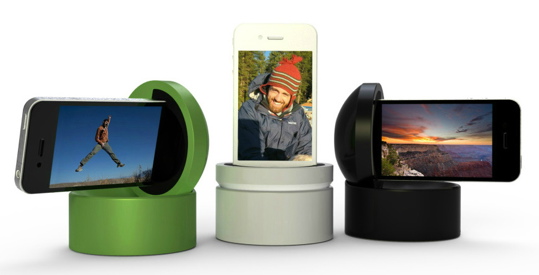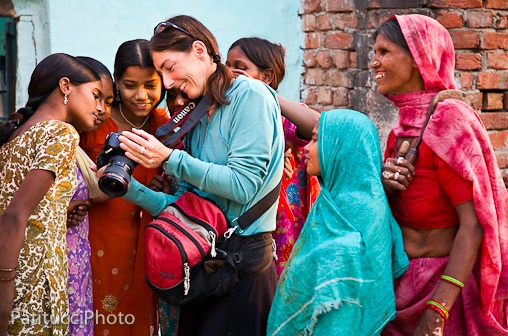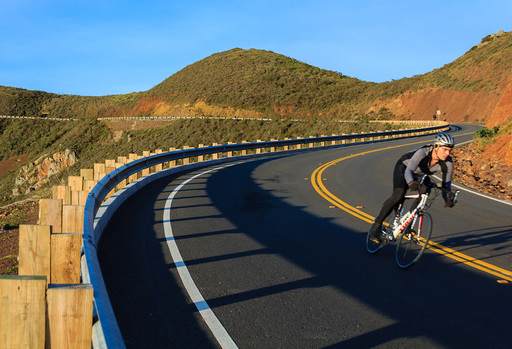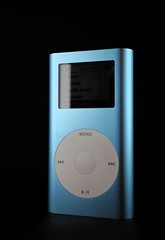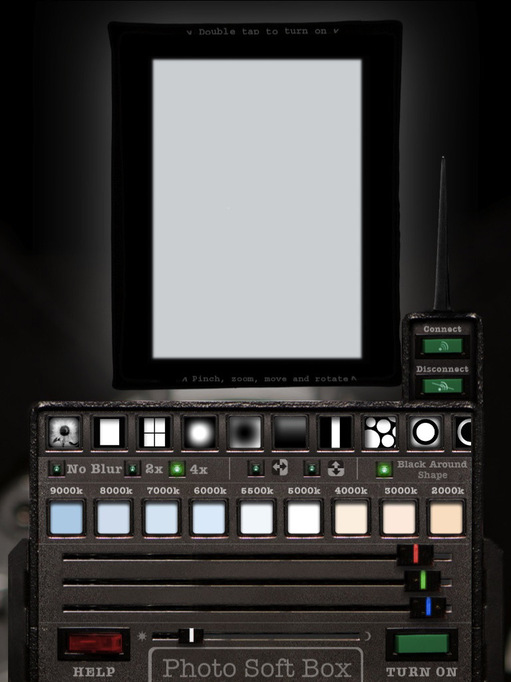I just finished covering a big 3-day event in Petaluma, CA called the Artisan Cheese Festival. There were so many things going on at once, we needed two other photographers (Rick Roellke and Frank Filice) to help cover all of the action. In this week's episode, I share 5 tips for successful event coverage. Plus, I talk about the event itself, which was a real eye-opener for this "not really a foodie type" of guy.
Listen to the Podcast
You can also download the podcast here (31 minutes). Or better yet, subscribe to the podcast in iTunes. You can support this podcast by purchasing the TDS iPhone App for only $2.99 from the Apple App Store.
 In the pasture on a Farm Tour during the Artisan Cheese Festival in Petaluma, CA. Photo by Derrick Story. For more, visit my Artisan Cheese Festival Flicker Gallery.
In the pasture on a Farm Tour during the Artisan Cheese Festival in Petaluma, CA. Photo by Derrick Story. For more, visit my Artisan Cheese Festival Flicker Gallery.
Monthly Photo Assignment
Eyes is the Mar. 2012 Photo Assignment. You can read more about how to submit on our Member Participation page. Deadline for entry is March 30, 2012.
More Ways to Participate
Want to share photos and talk with other members in our virtual camera club? Check out our Flickr Public Group. And from those images, I choose the TDS Member Photo of the Day.
Podcast Sponsors
Red River Paper -- The $7.99 Sample Kit is back! And with free shipping.
Make Your Photos Sizzle with Color! -- SizzlPix is like High Definition TV for your photography.
Need a New Photo Bag? Check out the Lowepro Specialty Store on The Digital Story and use discount code LP20 to saven 20% at check out.
Technorati Tags:
digital photography, podcast, technique, Technology, The Digital Story, tips
